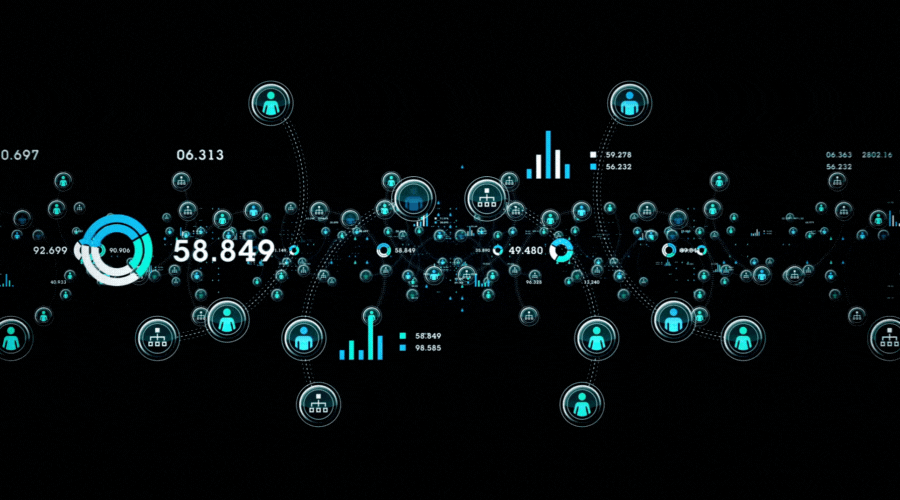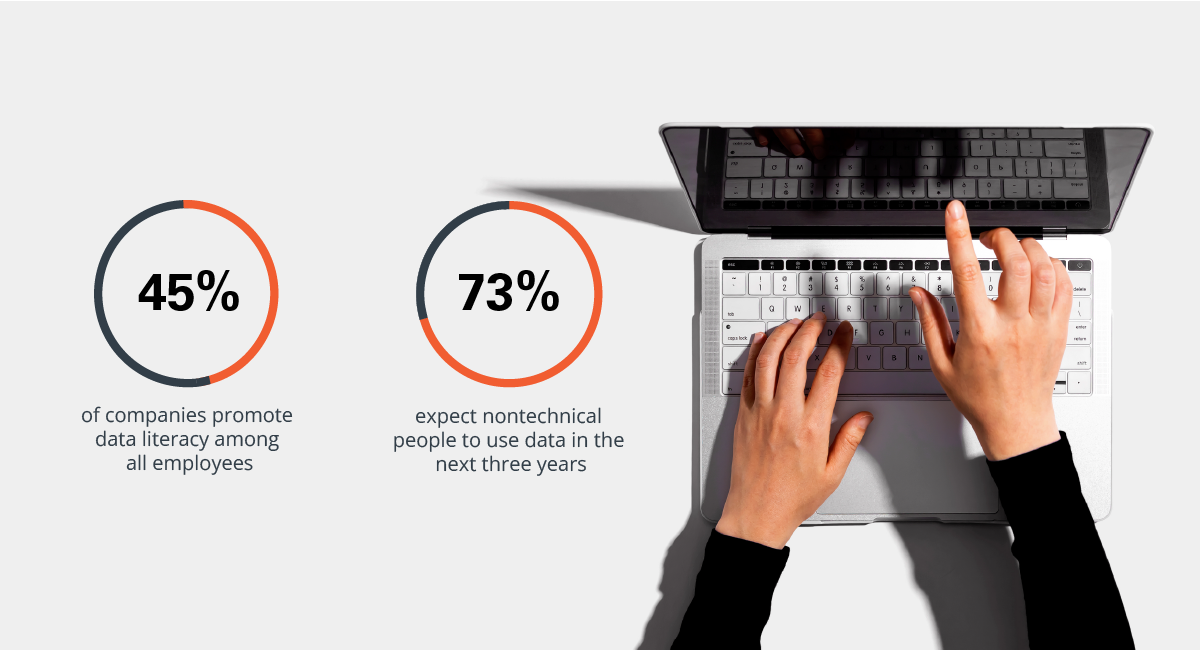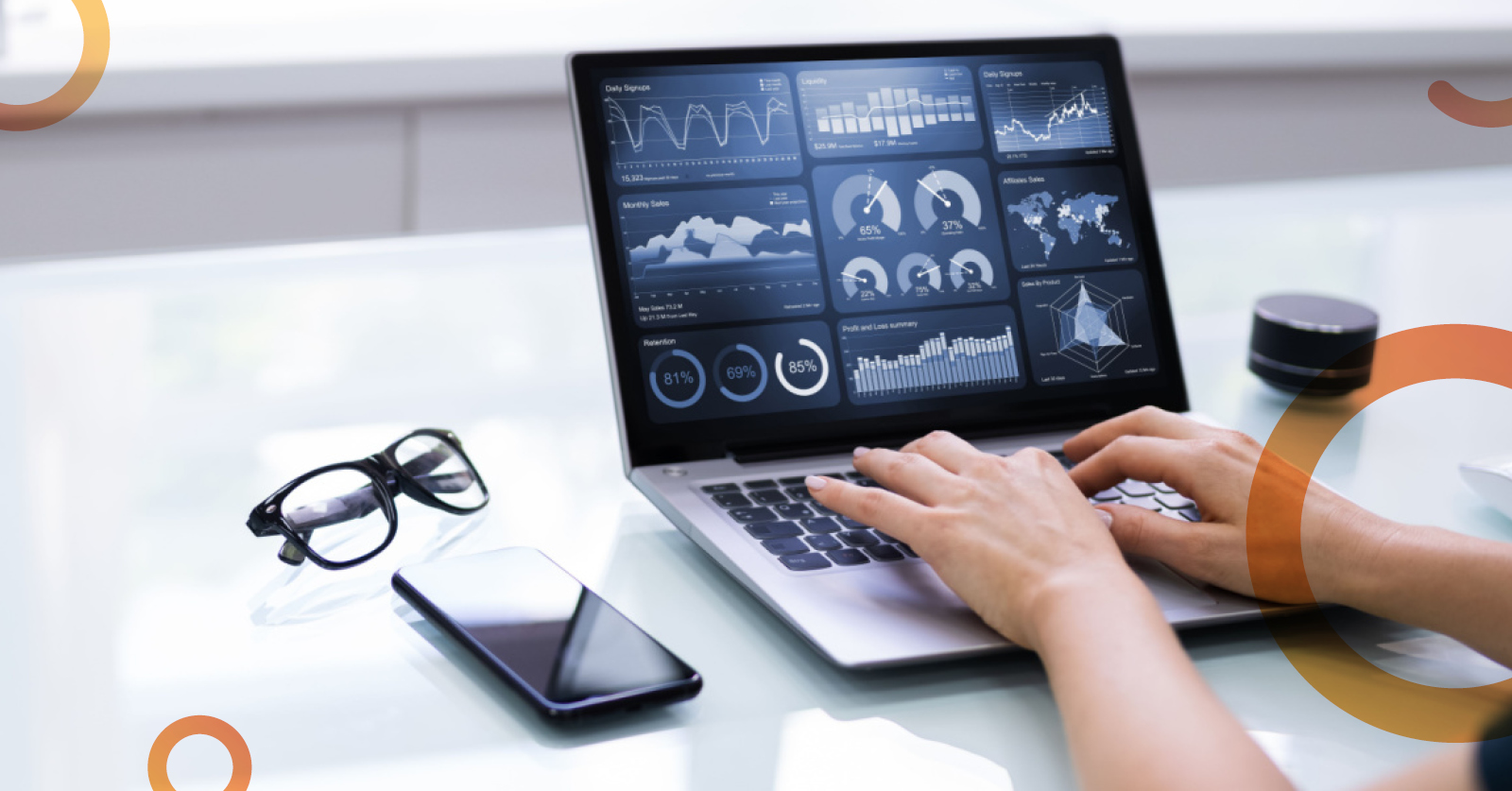Do you know how much data your organisation accumulates every day?
Australian businesses accumulate significant amounts of data across sales, marketing, customer service, social media and finances. According to BCG, the volume of data generated by organisations globally doubled between 2018 and 2021. For too many companies, this data remains stuck in siloed systems and unused for decision-making.
Imagine a scenario where each data point, from a customer's response to a marketing campaign to their purchasing behaviour, contributes to a larger narrative. This narrative, when properly assembled, offers a comprehensive view of your organisation's performance and opportunities. The challenge lies in collating this data to extract actionable insights.
To achieve this, you need real-time dashboards with data brought together by systems integration.
What do real-time dashboards provide?
It's important to note the difference between real-time and periodic reporting. While periodic reporting provides historical snapshots of data, it lacks the immediacy of real-time dashboards, which offer a continuous stream of data that enables organisations to respond to changes as they occur.
Real-time dashboards deliver live data from business platforms such as your CRM and ERP to show current information. For example, real-time dashboards in inventory and sales provide a comprehensive view of an organisation's stock levels and sales performance to support prompt and informed decision-making.
In sectors such as retail, where market conditions and consumer preferences shift quickly, up-to-the-minute data provides significant value. Real-time data enables retail businesses to quickly identify issues, seize emerging opportunities, and adjust their business strategy accordingly.

What makes an effective real-time dashboard?
A BCG survey found that while only 45% of respondents stated that their company promotes data literacy among all employees, 73% expect nontechnical people to use data in the next three years. As such, real-time dashboards must be accessible and understandable to an organisation's wider range of users, not just technical staff.
Here are a few key components that dashboards need to adequately support decision-making:
- High-quality and reliable data: A real-time dashboard needs high-quality and reliable data to support adequate information for decision-making. The accuracy of this data forms the basis for reliable and informed decisions. Sources need to be current and correct to ensure the data's integrity.
- Display only relevant information: Dashboards should only display data relevant to the people or departments using them. They should not display all available data, which can lead to data overload and make them difficult to comprehend.
- Visual representations: These improve a dashboard's usability. Visuals like graphs and charts should make data easy to understand at a glance. For example, a quick view of sales, inventory, or other key metrics should be immediately understandable.

Why real-time dashboards do not work without systems integration
Real-time dashboards will not work if your business data does not flow between platforms in real time. Systems integration supports real-time dashboards by linking various independent systems and applications. It breaks down silos between data sources, enabling a holistic representation of business performance. Without the right integrations, the dashboard will likely be out-of-date or only show partial information.
Integrating disparate systems, however, presents challenges such as compatibility issues, varying data formats, and merging real-time data streams. To address these, you need a systems integration platform, ideally deployed by an outsourced, specialised provider. These solutions will support a smooth transition to a fully integrated system that enables you to leverage real-time dashboards.

What areas of the business do real-time dashboards support?
Real-time dashboards provide internal teams with information such as Key Performance Indicators (KPIs) to help them understand operational efficiency and make improvements where necessary. Managers, in particular, find dashboards useful for monitoring the activities completed by their teams so that they can also address any potential issues.
McKinsey research indicates that executives spend nearly 40% of their time making decisions. The efficiency and clarity offered by real-time dashboards are essential for optimising this significant portion of their workload.
The types of data that real-time dashboards provide insights on include:
- Sales metrics: Dashboards provide insights into the growth or decrease of sales, display profits generated, and reveal customer behaviour patterns, such as spikes in purchases.
- Marketing ROI: Dashboards offer a clear view of the return on investment for marketing efforts. This overview enables businesses to make informed decisions, adjust strategies as needed, and capitalise on emerging opportunities, ultimately driving the organisation's growth and success.
- Customer purchases: Dashboards reveal customer purchasing trends, showing popular products and transaction value. This helps businesses tailor product offerings and marketing strategies to consumer preferences.
- Financial performance: Dashboards provide real-time data on cash flow, revenue, and working capital, aiding managers in making informed financial decisions and reducing costs where possible.

Conclusion
Real-time dashboards offer a detailed view of business performance in sales, marketing and finance to facilitate informed decision-making. These dashboards are not like periodic updates that could be outdated at any given time. Instead, they deliver up-to-the-minute details on relevant areas of the business to support quick responses to market changes.
Real-time dashboards cannot become a reality without systems integration. Otherwise, these dashboards would be outdated or only show partially true information. Systems integration consolidates information from business systems such as CRM and ERP to ensure one version of the truth exists.
Creative Folks implements systems integration to support real-time dashboards
Do you have the right partner and solution to integrate your business systems? If you need support understanding your data, dismantling silos, and effectively integrating your platforms, Creative Folks can help.
We built our Integration Platform as a Service, SiPHON, to connect cloud and MarTech applications across your organisation. Our experts collaborate with you to understand your data and build a composable enterprise using SiPHON to meet your strategy, goals and initiatives. You can visit our SiPHON page to learn more about what we offer.
Related blogs
Unlock business agility with SiPHON: A modular integration platform built on serverless
Integrated CX: The role of strategic planning when adopting a new platform
What data integration challenges occur during an M&A?



 Previous
Previous



